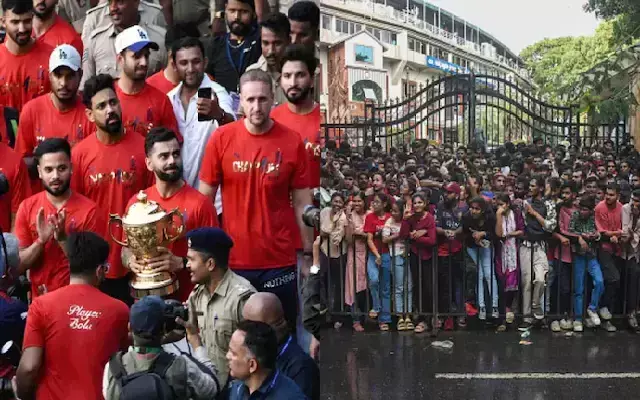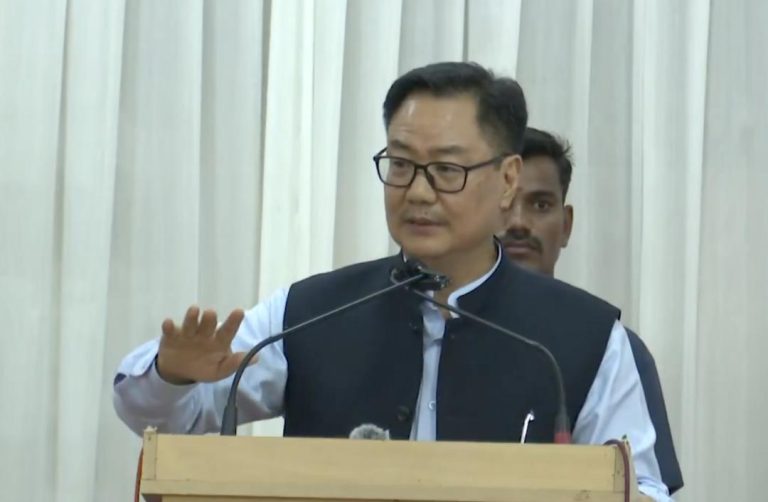
Find it Absurd: J&K CM as Helicopter Service Not Allowed in Amarnath Yatra Route
The Amarnath Yatra, a revered Hindu pilgrimage to the Amarnath Cave Temple in Jammu and Kashmir, is one of the most sacred and challenging journeys undertaken by devotees every year. The yatra, which attracts millions of pilgrims from across the world, is a testament to the faith and devotion of the Hindu community.
However, this year, the yatra is set to take place amidst heightened security concerns. As part of the beefed-up security measures, the Indian government has declared the Amarnath Yatra route a “no flying zone”. This decision has sparked controversy, with Jammu and Kashmir Chief Minister Omar Abdullah terming it “absurd”.
In an interview, Omar Abdullah expressed his disagreement with the decision, saying that it sends a “wrong message to the rest of the nation about J&K’s situation”. He added that the restriction on helicopter services could create difficulties for pilgrims who rely on them to reach the shrine. “This could send a wrong message to the rest of the nation about J&K’s situation,” he said.
Abdullah’s statement comes at a time when the yatra is set to begin soon. The Amarnath Shrine Board has started making preparations for the yatra, which is expected to attract over 7 lakh pilgrims this year. The yatra is significant not only for its spiritual significance but also for the economic boost it provides to the state.
The “no flying zone” decision is seen as a security measure to prevent any potential threats to the yatra. The Indian government has been on high alert since the Pulwama terror attack in February, which killed over 40 CRPF personnel. In the aftermath of the attack, the government has taken several measures to enhance security in the state, including increasing the deployment of troops and installing CCTV cameras along the yatra route.
However, Omar Abdullah’s criticism of the decision suggests that the government may need to reconsider its stance. The Jammu and Kashmir CM’s concern is that the restriction on helicopter services could create issues for pilgrims who rely on them to reach the shrine. He may have a point, as the yatra route is already challenging, and the lack of helicopter services could make it even more difficult for pilgrims to reach the shrine.
On the other hand, the government’s decision to declare the yatra route a “no flying zone” is seen as a necessary measure to ensure the safety of pilgrims. The yatra route is located in a sensitive region, and the government cannot take any chances when it comes to the security of pilgrims.
In recent years, the Amarnath Yatra has faced several challenges, including militancy and environmental issues. The yatra route is prone to landslides and flash floods, which can be life-threatening. In 2014, a massive landslide occurred on the yatra route, killing over 15 people. In 2018, flash floods occurred on the route, forcing the authorities to suspend the yatra.
Despite these challenges, the yatra has continued to attract pilgrims from across the world. The yatra is a testament to the faith and devotion of the Hindu community, and it is a reminder of the importance of preserving the cultural and spiritual heritage of Jammu and Kashmir.
In conclusion, the decision to declare the Amarnath Yatra route a “no flying zone” is a contentious issue that has sparked controversy in Jammu and Kashmir. While the government’s decision is seen as a necessary measure to ensure the safety of pilgrims, Omar Abdullah’s criticism of the decision highlights the need for a balanced approach. The yatra is a significant event in Jammu and Kashmir, and the government must ensure that the needs of pilgrims are met while also addressing security concerns.






